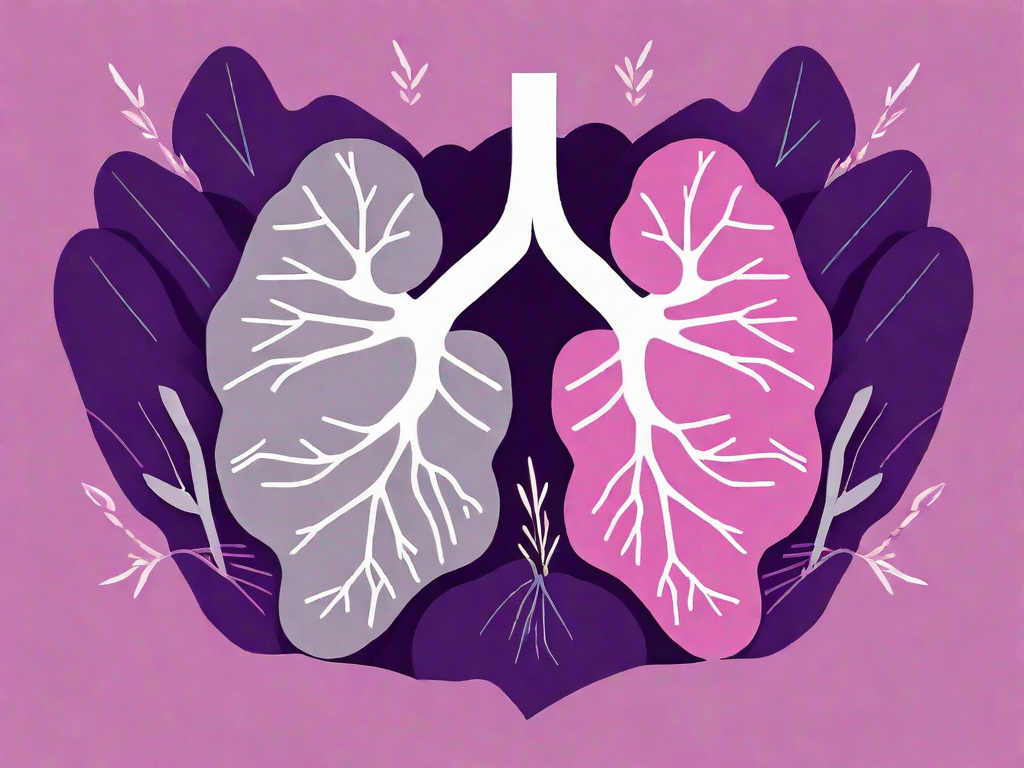This comprehensive article explores the undeniable link between smoking and an increased risk of various types of cancer, emphasizing the wide-reaching impact tobacco use has on the body. Highlighting the harmful chemicals found in cigarettes, such as benzene and formaldehyde, it illustrates how these carcinogens can damage DNA and weaken the immune system, leading to cancer. The piece also addresses the dangers of secondhand smoke and stresses the importance of quitting smoking for overall health improvement. Offering practical advice for reducing exposure to carcinogens and steps to quit smoking, the article serves as a powerful call to action for individuals to make positive lifestyle changes. Through a blend of scientific evidence and practical strategies, readers are empowered to take control of their health, significantly reducing their cancer risk and enhancing their well-being for a healthier, smoke-free life.
Smoking has long been recognized as a leading cause of preventable diseases worldwide. The connection between smoking and cancer is undeniable, with numerous studies linking tobacco use to various types of cancer, including lung, throat, mouth, esophageal, and even bladder cancer. By understanding the link between smoking and cancer, we can empower ourselves to make positive changes and significantly reduce our cancer risk.
Understanding the Link Between Smoking and Cancer
Smoking introduces a plethora of harmful chemicals into our bodies, including carcinogens such as benzene, formaldehyde, and arsenic. These substances can damage our DNA, leading to uncontrollable cell growth and the formation of tumors. When we inhale cigarette smoke, these hazardous compounds travel deep into our lungs, directly exposing the delicate tissues to their harmful effects.
Furthermore, tobacco smoke decreases the effectiveness of our immune system, making it more challenging for our bodies to fight off cancer cells. It also hampers the natural process of cell repair, leaving us vulnerable to the genetic mutations that can trigger cancer growth.
Did you know that smoking not only affects the lungs but also has detrimental effects on other organs? The chemicals in cigarette smoke can travel through the bloodstream, reaching various parts of the body. This means that smoking increases the risk of developing not only lung cancer but also cancers of the mouth, throat, esophagus, bladder, kidney, pancreas, and even cervix.
Moreover, smoking is not just harmful to the smoker but also to those around them. Secondhand smoke contains many of the same harmful chemicals as directly inhaled smoke. Non-smokers who are exposed to secondhand smoke have an increased risk of developing lung cancer and other respiratory conditions.
Fortunately, quitting smoking is a powerful step towards reducing your cancer risk and giving your body a chance to heal. When you quit smoking, the benefits are noticeable almost immediately. Within just a few hours of quitting, your heart rate and blood pressure begin to decrease. This is because smoking causes the blood vessels to constrict, putting extra strain on the heart. By quitting, you allow your cardiovascular system to function more efficiently, reducing the risk of heart disease and stroke.
After a few days, your sense of taste and smell start to improve. Smoking dulls these senses, but once you quit, your taste buds and olfactory receptors can regenerate, allowing you to fully enjoy the flavors and aromas of food and beverages. Within a few weeks, you may notice improvements in your lung function. The cilia, tiny hair-like structures in the airways that help clear mucus and debris, start to recover and regain their function. This leads to a decrease in coughing and shortness of breath, making physical activities easier and more enjoyable.
Quitting smoking also has long-term benefits. After several years of being smoke-free, your risk of developing various types of cancer, including lung cancer, continues to decrease. Additionally, your risk of heart disease, stroke, and other smoking-related conditions gradually diminishes, approaching that of a non-smoker.
It’s important to note that quitting smoking can be challenging, as nicotine is highly addictive. However, there are various resources available to help you quit, such as nicotine replacement therapies, medications, and support groups. Remember, every step towards quitting smoking is a step towards a healthier and cancer-free life.
Beyond Lung Cancer: The Wide-Reaching Effects of Smoking on the Body
While lung cancer is undeniably one of the most well-known consequences of smoking, the damage caused by tobacco extends far beyond just our lungs. Smoking increases the risk of developing cancers in various parts of the body, such as the mouth, throat, esophagus, and bladder. Additionally, it is a significant risk factor for heart disease, stroke, and chronic obstructive pulmonary disease (COPD).
Furthermore, smoking harms almost every organ in our bodies, affecting our skin, eyes, blood vessels, bones, and reproductive system. It accelerates the aging process, causing premature wrinkles, dull complexion, and stained teeth. By quitting smoking, you not only reduce your cancer risk but also improve your overall health and appearance.
Reducing Your Exposure to Carcinogens
Avoiding exposure to carcinogens can significantly reduce your cancer risk. Aside from quitting smoking, there are other practical steps you can take to limit your exposure to these harmful substances:
- Avoid secondhand smoke: Ensure that you and your loved ones are not exposed to secondhand smoke. Encourage friends and family members who smoke to do so outside or in designated smoking areas.
- Be cautious with chemicals: Limit your exposure to other types of carcinogens found in everyday products. Read labels carefully, opt for natural alternatives whenever possible, and use protective equipment when handling hazardous substances.
- Adopt a healthy lifestyle: Maintain a balanced diet rich in fruits and vegetables, exercise regularly, and stay hydrated. A strong immune system can help your body fight against potential cancer cells.
Steps to Quitting: Practical Advice for a Smoke-Free Life
Quitting smoking may seem like a daunting task, but with the right mindset and support, it is entirely achievable. Here are some practical steps you can take to help you on your journey:
- Set a quit date: Choose a specific date to stop smoking. This will give you something concrete to work towards and mentally prepare for this life-changing decision.
- Seek support: Reach out to friends, family, or support groups who can offer encouragement and understanding throughout your quitting process. Consider joining smoking cessation programs or seeking guidance from healthcare professionals.
- Find healthy coping mechanisms: Smoking often serves as a way to cope with stress or emotions. Explore alternative strategies such as exercise, meditation, or hobbies to replace the habit and help manage cravings.
- Remove triggers: Identify situations, places, or people that tempt you to smoke and avoid them as much as possible, especially during the early stages of quitting.
- Celebrate milestones: Celebrate each day, week, or month you remain smoke-free. Reward yourself with small treats or activities to stay motivated and reinforce your commitment to a healthier lifestyle.
Protecting Your Family From Tobacco Smoke
Not only does smoking harm your own health, but it also poses significant risks to those around you, particularly your loved ones. Secondhand smoke is detrimental to everyone, especially children, who are more susceptible to its harmful effects. By quitting smoking, you not only protect yourself but also safeguard the health and well-being of those closest to you.
Success Stories: The Long-Term Health Benefits of Kicking the Habit
Countless individuals have successfully quit smoking and experienced remarkable improvements in their health and well-being. Within weeks of quitting, lung functionality begins to improve, allowing for easier breathing and increased energy levels. Over time, the risk of developing smoking-related cancers and other diseases continues to decrease, giving individuals a new lease on life.
Quitting smoking is undoubtedly challenging, but the benefits are immeasurable. By making the decision to quit, you take control of your health, reduce your cancer risk, and set an inspiring example for others seeking a smoke-free life. Remember, you are not alone in this journey, and support is available to help you every step of the way.






